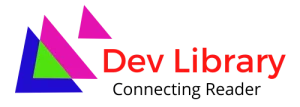Oops! Please Sign In
-
1 Answers
-

- Answered By Nikita Singh
- Answer: 6 months ago
Jacob and Monod in 1961 first provided with a model of Lac operon. An operon is defined as several 4 genes situated in tandem, all controlled by a common structural gene having repressor, promoter and...
Read More


